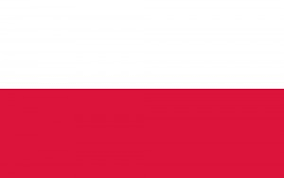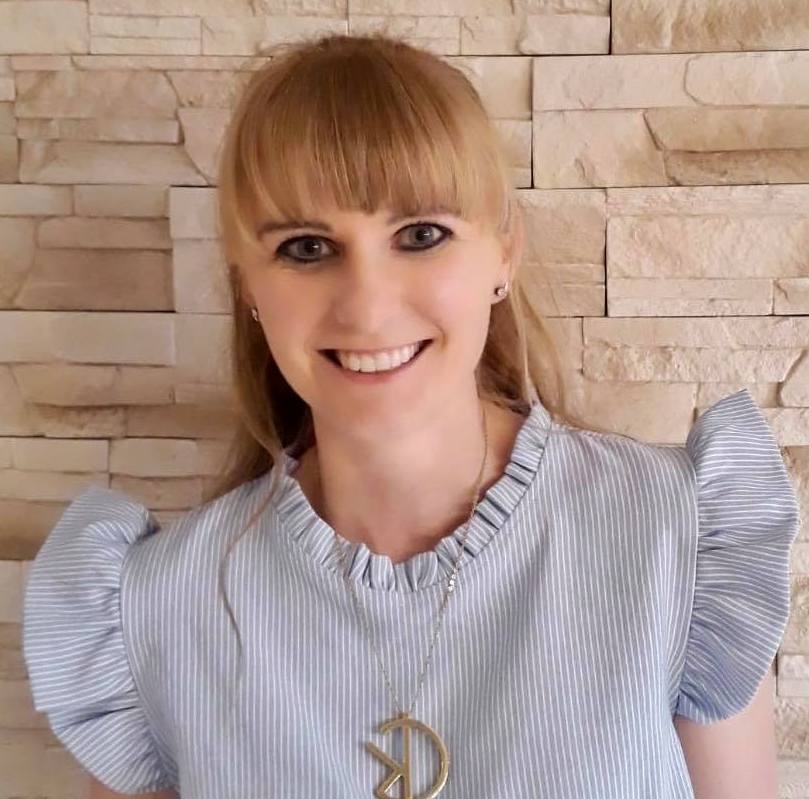- vision algorithms based on machine learning methods for early skin melanoma diagnostics (both based on dermoscopic images and histopathological images),
- anomaly detection in signals from synchrotron’s control system in order to improve its beam stability; in cooperation with SOLARIS National Synchrotron Radiation Centre,
- semantic detection of objects and analysis of objects’ detection stability based on data from autonomous vehicles,
- implementation of DNN-based models for the analysis and classification of global patterns present in melanocytic lesions,
- interpretability of DNN architectures based on most recent computer vision methods,
- reconstruction of missing image areas using generative models.
- CVPR (IEEE Conference on Computer Vision and Pattern Recognition) – #1 in the field of machine learning, Honorable Mention Award ISIC Workshop 2019
- IEEE ICIP (IEEE International Conference on Image Processing)
- ISBI (IEEE International Symposium on Biomedical Imaging)
- EMBC (International Engineering in Medicine and Biology Conference)
- SPIE Medical Imaging
- Computerized Medical Imaging and Graphics
- Sensors
- Measurement
- Structural and Object-oriented Programming
- Advanced Object-oriented Programming
- Programming Languages II
- Machine Learning
- Deep Neural Networks
- Advanced methods in machine learning
- Deep learning
- Medical Images Processing and Analysis
employees
Joanna Jaworek-Korjakowska graduated from AGH-UST, where she received Master of Computer Science degree (in 2010) and Doctor of Biocybernetics and Biomedical Engineering (in 2013). In 2019 she received Habilitation in the field of biomedical engineering (with the focus on issues concerning artificial intelligence).
Currently she is employed as an associate professor in Department of Automatic Control and Robotics. She authored and co-authored over 70 publications. She is a member of IEEE, Polish Artificial Intelligence Society (PSSI) and International Dermoscopy Society. She is a winner of Top 500 Innovators scholarship funded by Ministry of Science and Higher Education (MNiSW) on Stanford University as well as many times scholarship holder of Małopolska Scholarship Foundation „Sapere Auso”. J. Jaworek received MNiSW scholarships for outstanding young scientists (in years 2017–2020), individual President of AGH-UST’s awards for scientific achievements (in years 2017–2019) and an honorable mention during a prestigious CVPR’19 conference. Her main research interests focus on image processing and analysis, deep neural networks and machine learning methods.
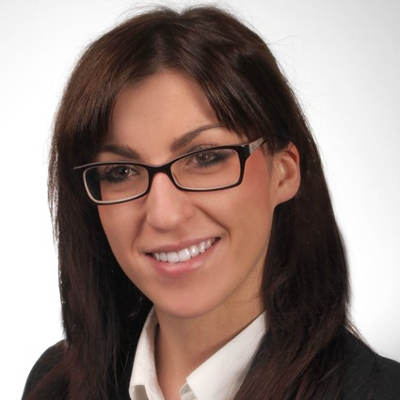
Anna Wójcicka
In my scientific work I mainly deal with the use of artificial intelligence methods for the analysis of medical and material images. I am also interested in graphics and computer animation. I am a scholarship holder of the Top 500 Innovators program sponsored by the MNiSW at Stanford University.
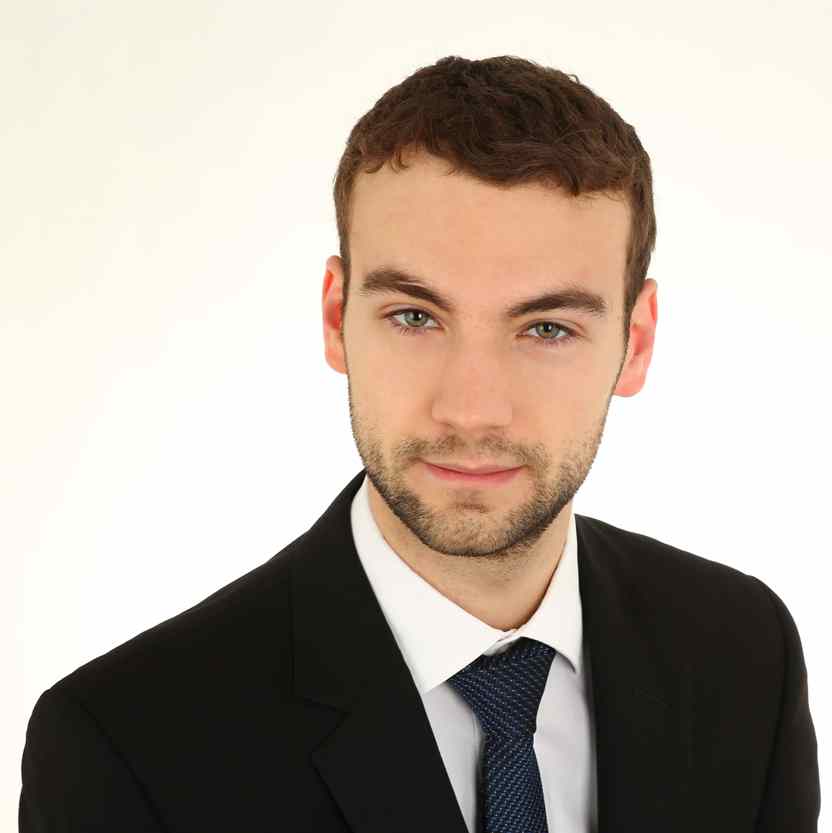
Andrzej Brodzicki
My scientific interests focus on using artificial intelligence for medical image analysis (primarily fluorescence and dermoscopic images). In my research I use mainly deep neural networks and image processing algorithms.
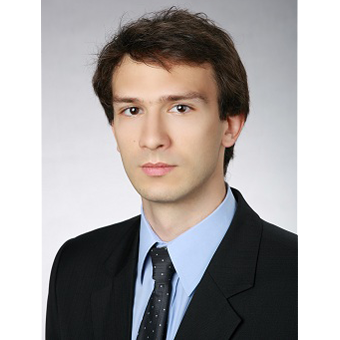
Dariusz Kucharski
My scientific interests focus on using artificial intelligence, in particular on the use of deep neural networks to design and implement medical applications. I also develop my skills as a programmer in Comarch Healthcare's algorithmic group, which task is to develop solutions for automatic biomedical signals analysis using (among others) deep learning methods.
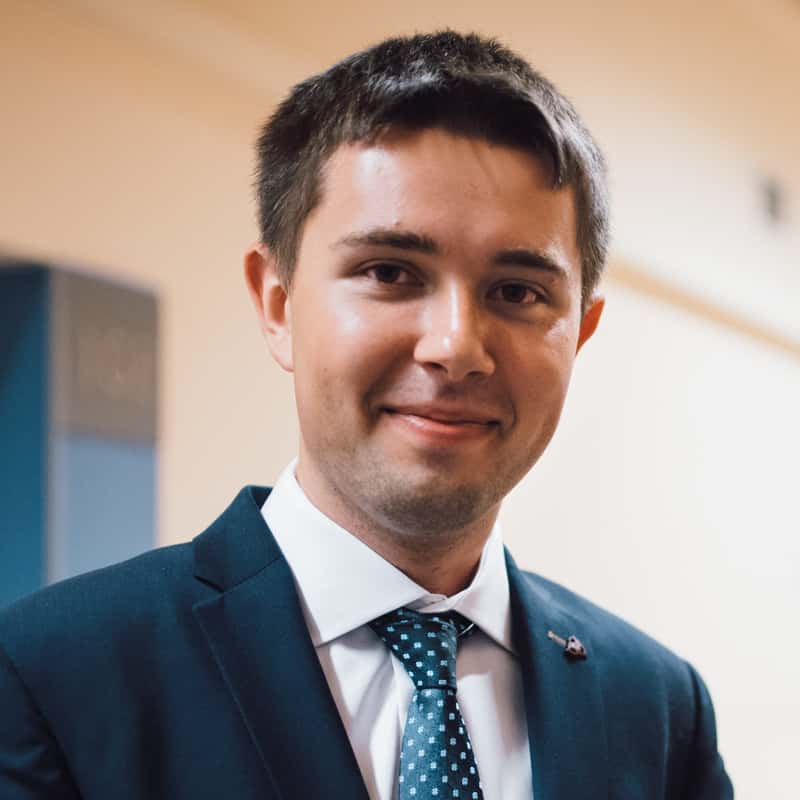
Michał Piekarski
My scientific interests focus on artificial intelligence methods used for diagnostic signals analysis, paying special attention to anomaly and outliers detection. I apply them to improve operation of accelerator center control systems (such as SOLARIS National Synchrotron Radiation Centre in Krakow). In my research I use mainly deep neural networks.
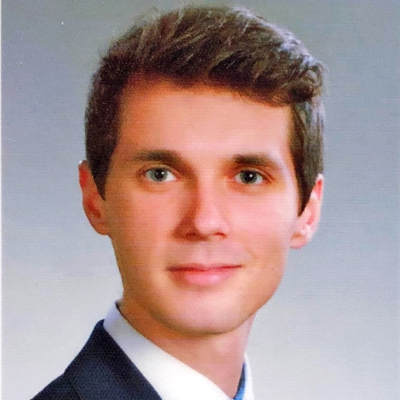
Aleksander Kostuch
My research and interests focus on the implementation of artificial intelligence in solutions in the automotive industry. I conduct research as part of the Implementation Doctorate program, also as a programmer in the Aptiv research and development center. I especially focus on computer vision with the use of deep neural networks.
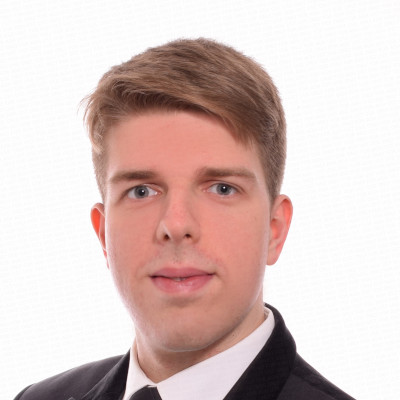
Maciej Aleksandrowicz
My research interests are oriented on artificial intelligence methods used in robotics, in particular on deep reinforcement learning. Furthermore, due to the implementation doctorate programme, I am an employee of the Fitech company, where I work in R&D department on AI solutions for industry. In my research I use mainly deep neural networks.
- SafeSO: interpretable and explainable deep learning approach for seat occupancy classification in vehicle interior / Joanna JAWOREK-KORJAKOWSKA, Aleksander KOSTUCH, Paweł SKRUCH // W: CVPRW 2021 [Dokument elektroniczny] : 2021 IEEE/CVF conference on Computer Vision and Pattern Recognition Workshops : virtual, 19–25 June 2021 : proceedings. — Piscataway : IEEE, cop. 2021. — e-ISBN: 978-1-6654-4899-4. — S. 103–112. — Bibliogr. s. 111–112, Abstr. — Publikacja dostępna online od: 2021-09-01. — Print on Demand (PoD) ISBN: 978-1-6654-4900-7. — tekst: https://ieeexplore-1ieee-1org-1000047ga00b7.wbg2.bg.agh.edu.pl/stamp/stamp.jsp?tp=&arnumber=9522991
- Andrzej Brodzicki, Joanna Jaworek-Korjakowska, Paweł Kłeczek, Megan Garland, Matthew Bogyo. Pre-trained deep convolutional neural network for clostridioides difficile bacteria cytotoxicity classification based on fluorescence images, Sensors, 20(23), 2020, 10.3390/s20236713
- Michał Piekarski, Joanna Jaworek-Korjakowska, Adriana I. Wawrzyniak, Marek Gorgon, Convolutional neural network architecture for beam instabilities identification in Synchrotron Radiation Systems as an anomaly detection problem, Measurement, 2020, https://doi.org/10.1016/j.measurement.2020.108116
- Dariusz Kucharski, Pawel Kleczek, Joanna Jaworek-Korjakowska, Grzegorz Dyduch, Marek Gorgon. Semi-Supervised Nests of Melanocytes Segmentation Method Using Convolutional Autoencoders. Sensors, 2020, vol. 20, issue 6, 1546, doi: 10.3390/s20061546
- Pawel Kleczek, Joanna Jaworek-Korjakowska, Marek Gorgon. A novel method for tissue segmentation in high-resolution H&E-stained histopathological whole-slide images. Computerized Medical Imaging and Graphics, 2020, vol. 79, 2022, Art. ID 101686, doi: 10.1016/j.compmedimag.2019.101686
- Pawel Kleczek, Grzegorz Dyduch, Agnieszka Graczyk-Jarzynka, Joanna Jaworek-Korjakowska. A New Approach to Border Irregularity Assessment with Application in Skin Pathology. Applied Sciences (Basel), 2019, 9(10), 2022, doi: 10.3390/app9102022 (Abstract, HTML, PDF)
- Joanna Jaworek-Korjakowska, Pawel Kleczek. eSkin: Study on the Smartphone Application for Early Detection of Malignant Melanoma. Wireless Communications and Mobile Computing, vol. 2018, Article ID 5767360, pp. 1–11, (2018). doi: 10.1155/2018/5767360.
- Joanna Jaworek-Korjakowska, Pawel Kleczek. Region Adjacency Graph Approach for Acral Melanocytic Lesion Segmentation. Applied Sciences (Basel), 2018, 8(9), 1430, doi: 10.3390/app8091430 (Abstract, HTML, PDF)
- Elżbieta Pociask, Krzysztof Piotr Malinowski, Magdalena Ślęzak, Joanna Jaworek-Korjakowska, Wojciech Wojakowski, Tomasz Roleder. Fully automated lumen segmentation method for intracoronary optical coherence tomography. Journal of Healthcare Engineering 2018, art. ID 1414076, pp. 1–13, doi: 10.1155/2018/1414076
- Joanna Jaworek-Korjakowska. A deep learning approach to vascular structure segmentation in dermoscopy colour images. BioMed Research International 2018, art. ID 5049390, pp. 1–8, doi: 10.1155/2018/5049390
- Megan Garland, Joanna Jaworek-Korjakowska, Urszula Libal, Matthew Bogyo, Marcin Sieńczyk. An automatic analysis system for high-throughput Clostridium Difficile toxin activity screening. Applied Sciences (Basel), 2018, 8(9), Art no. 1512, pp. 1–14, doi: 10.3390/app8091512
- Joanna Jaworek-Korjakowska, Paweł Kłeczek. Automatic Classification of Specific Melanocytic Lesions Using Artificial Intelligence. BioMed Research International, 2016, Vol. 2016, Article ID 8934242, 17 pages. doi: http://dx.doi.org/10.1155/2016/8934242
- Elżbieta Pociask, Joanna Jaworek-Korjakowska, Krzysztof Piotr Malinowski, Tomasz Roleder, Wojciech Wojakowski. Fully automated lipid pool detection using near infrared spectroscopy. Computational and Mathematical Methods in Medicine, 2016, art. ID 1487859, pp. 1–9, doi: 10.1155/2016/1487859
- Joanna Jaworek-Korjakowska. Computer-aided diagnosis of micro-malignant melanoma lesions applying support vector machines. BioMed Research International, 2016, art. ID 4381972, pp. 1–8, doi: 10.1155/2016/4381972
- Joanna Jaworek-Korjakowska. Novel method for border irregularity assessment in dermoscopic color images. Computational and Mathematical Methods in Medicine, 2015, art. ID 496202, pp. 1–11, doi: 10.1155/2015/496202
External grants:
- 2020-2022 – “Early detection of skin cancer by using mobile devices at point of care”, FAST Healthcare NetworksPlus; Early Detection of Cancer call; Manager PL: Joanna Jaworek-Korjakowska
- 2020-2022 – „The application of artificial intelligence methods for pattern recognition and analysis in order to restore hidden information in interdisciplinary research areas of machine vision” (“Zastosowanie metod sztucznej inteligencji do rozpoznawania i analizowania wzorców w celu odtwarzania ukrytych informacji w interdyscyplinarnych obszarach badawczych maszynowego widzenia”), project no. 4, Research Excellence Initiative (IDUB), Manager: Joanna Jaworek-Korjakowska
- 2017–(trwa nadal) – „The analysis of morphometry of human epidermis in histopathological images” (“Analiza morfometrii ludzkiego naskórka na zdjęciach histopatologicznych”), project no. 2016/23/N/ST7/01361, National Science Centre (NCN) (Preludium 12). Manager: Paweł Kłeczek
- 2011–2015 – „The application of image processing methods and artificial intelligence (expert systems) in recognition and differential diagnostics of melanoma” (“Wykorzystanie metod przetwarzania obrazów i sztucznej inteligencji (systemy ekspertowe) w rozpoznawaniu i diagnostyce różnicowej czerniaka złośliwego”), project no. 2011/01/N/ST7/06783, National Science Centre (NCN) (Preludium 1). Manager: Joanna Jaworek-Korjakowska
Grants for young scientists:
- 2020 – “The application of deep neural networks in computer vision” (“Wykorzystanie głębokich sieci neuronowych w wizji komputerowej”), WEAIiIB AGH Dean’s Grant; Manager: Andrzej Brodzicki
- 2020 – “The application of deep neural networks for anomaly detection in diagnostic signals” (“Wykorzystanie głębokich sieci neuronowych w detekcji anomalii w sygnałach diagnostycznych”), EAIiIB AGH Dean’s Grant, Manager: Michał Piekarski
- 2020 – “The application of deep neural networks for early detection and differential analysis of melanoma” (“Wykorzystanie metod głębokich sieci neuronowych we wczesnej detekcja i analizie różnicowej czerniaka złośliwego”); Manager: Joanna Jaworek-Korjakowska
- 2017 – “The analysis of skin lesions on palms and soles” (“Analiza znamion skórnych na dłoni i podeszwach”), project no. 15.11.120.628, WEAIiIB AGH Dean’s Grant; Manager: Paweł Kłeczek
- 2016 – “The development of epidermis segmentation method in histopathological images of skin melanocytic lesions” (“Opracowanie metody segmentacji naskórka widocznego na zdjęciach histopatologicznych melanocytowych zmian skórnych”), project no. 15.11.120.873, WEAIiIB AGH Dean’s Grant; Principal Investigator: Paweł Kłeczek
- 2017 – “Automatic detecion of blue-whitish veil in dermatoscopic images”, project no. 11.11.120.612, WEAIiIB AGH statutory funds; Manager: Joanna Jaworek-Korjakowska Investigator: Paweł Kłeczek
We cooperate with:
- Stanford University (USA), Chair of Pathology, M. Bogyo Lab – we jointly work on projects related to automatic analysis and detection of Clostridium difficile infections and clustering bacteria response,
- Jagiellonian University, Collegium Medicum, Chair of Pathomorphology and University Hospital in Krakow – researches in the field of digital pathology,
- SOLARIS National Synchrotron Radiation Centre (JU) – researches in the field of anomaly detection in multidimensional diagnostic signals.



